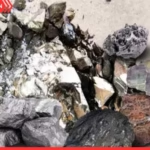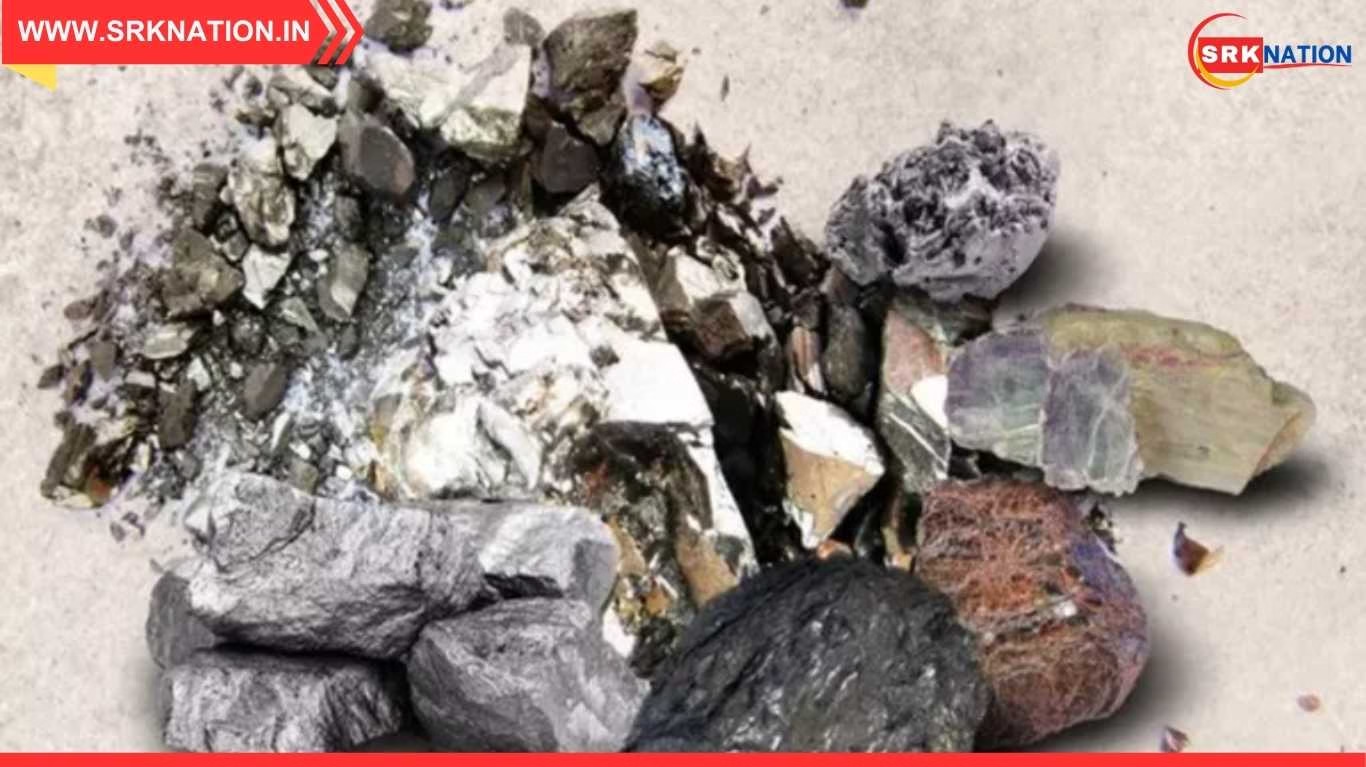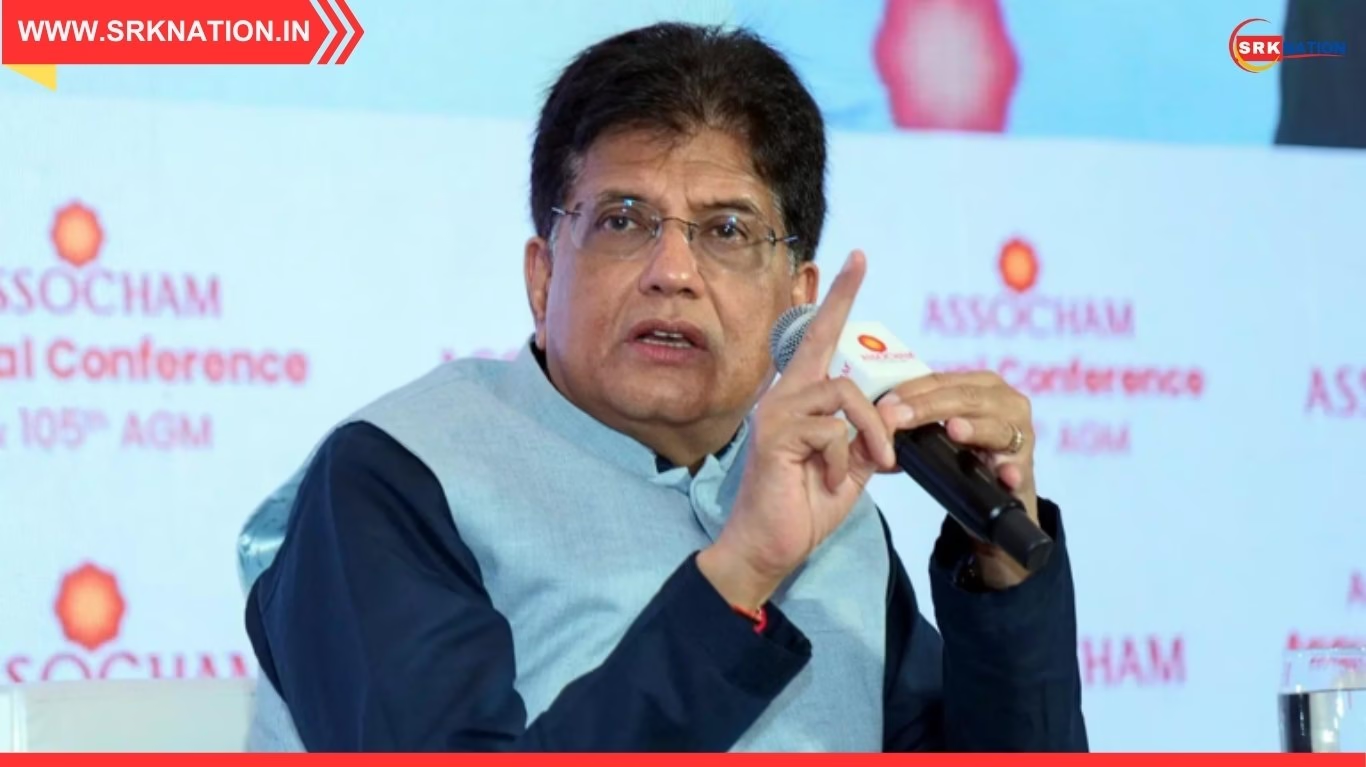India’s ambitious ₹7,300 crore initiative to build a domestic rare earth magnet manufacturing ecosystem has hit a major roadblock following China’s decision to tighten export controls on key processing equipment. The move, announced by China’s Bureau of Security and Control, includes restrictions on centrifugal extraction machinery and intelligent impurity-removal systems—both critical for rare earth element refinement. These curbs could severely impact India’s self-reliance goals in sectors like electric vehicles, renewable energy, and defense manufacturing.
The magnet production scheme, which is awaiting final cabinet approval, is designed to reduce India’s dependence on Chinese imports and establish a robust supply chain for rare earth materials. However, with China controlling over 85% of the global rare earth processing capacity, the new export restrictions have raised concerns about project viability, cost escalation, and strategic delays.
India’s Rare Earth Magnet Plan: Overview
| Component | Details |
|---|---|
| Total Investment | ₹7,300 crore |
| Objective | Build domestic rare earth magnet ecosystem |
| Target Sectors | EVs, wind turbines, electronics, defense |
| Lead Agencies | Ministry of Mines, Department of Heavy Industries |
| Status | Awaiting cabinet approval |
The plan includes incentives for private players, technology partnerships, and infrastructure development across key mineral-rich states like Andhra Pradesh, Jharkhand, and Odisha.
China’s Export Restrictions: What’s Banned?
| Equipment Category | Description |
|---|---|
| Centrifugal Extraction Units | Used for separating rare earth elements |
| Impurity-Removal Systems | Essential for refining ionic rare earth ores |
| Continuous Processing Tech | Enables scalable, automated production |
Exporters of these machines must now obtain special licenses, adding delays and uncertainty for Indian buyers.
Strategic Impact on India’s Magnet Ecosystem
| Area of Concern | Potential Impact |
|---|---|
| Project Timeline | Delays in equipment procurement |
| Cost Escalation | Alternatives from Germany, Japan are expensive |
| Technology Dependence | Limits India’s ability to scale production |
| Supply Chain Vulnerability | Risk of bottlenecks in critical sectors |
Industry experts warn that without timely access to processing technology, India’s rare earth ambitions may remain stalled.
Global Alternatives and Their Limitations
| Country | Equipment Availability | Challenges |
|---|---|---|
| Germany | High-quality machinery | 2–3x cost compared to Chinese equipment |
| Japan | Advanced tech, limited export volume | Long lead times, IP restrictions |
| South Korea | Emerging supplier | Limited capacity, high customization costs |
India may need to negotiate bilateral technology transfer agreements or invest in indigenous R&D to overcome these hurdles.
Domestic Industry Response
| Stakeholder | Reaction Summary |
|---|---|
| Rare Earth Association of India | Called for fast-tracking indigenous tech development |
| EV Manufacturers | Expressed concern over supply chain disruptions |
| Defense Sector | Urged prioritization of strategic materials |
| Policy Think Tanks | Recommended diversification of sourcing |
The industry is lobbying for a phased rollout of the magnet plan with parallel investments in domestic processing capabilities.
Policy Recommendations and Mitigation Strategies
| Recommendation | Description |
|---|---|
| Indigenous R&D Boost | Accelerate CSIR and IIT-led tech development |
| Strategic Stockpiling | Build reserves of processed rare earths |
| Bilateral Tech Partnerships | Engage with Japan, EU for equipment access |
| Greenfield Processing Units | Set up pilot plants with scalable tech |
The Ministry of Mines is reportedly reviewing contingency plans to revise the scheme’s execution roadmap.
Rare Earths: Strategic Importance for India
| Sector | Role of Rare Earth Magnets |
|---|---|
| Electric Vehicles | Used in motors and battery systems |
| Wind Energy | Critical for turbine generators |
| Consumer Electronics | Found in speakers, sensors, hard drives |
| Defense and Aerospace | Integral to missile guidance and radar systems |
India’s dependence on imports for these components has long been viewed as a strategic vulnerability.
Conclusion
China’s export curbs on rare earth processing equipment have cast a shadow over India’s ₹7,300 crore magnet manufacturing plan, threatening delays and cost overruns. As global supply chains tighten and geopolitical tensions rise, India must recalibrate its strategy to build a resilient, self-sufficient rare earth ecosystem. The coming months will be crucial in determining whether India can pivot effectively or remain tethered to external dependencies.
Disclaimer: This article is based on publicly available government statements, industry reports, and media coverage. It does not constitute investment or policy advice. All views expressed are for informational purposes only.











